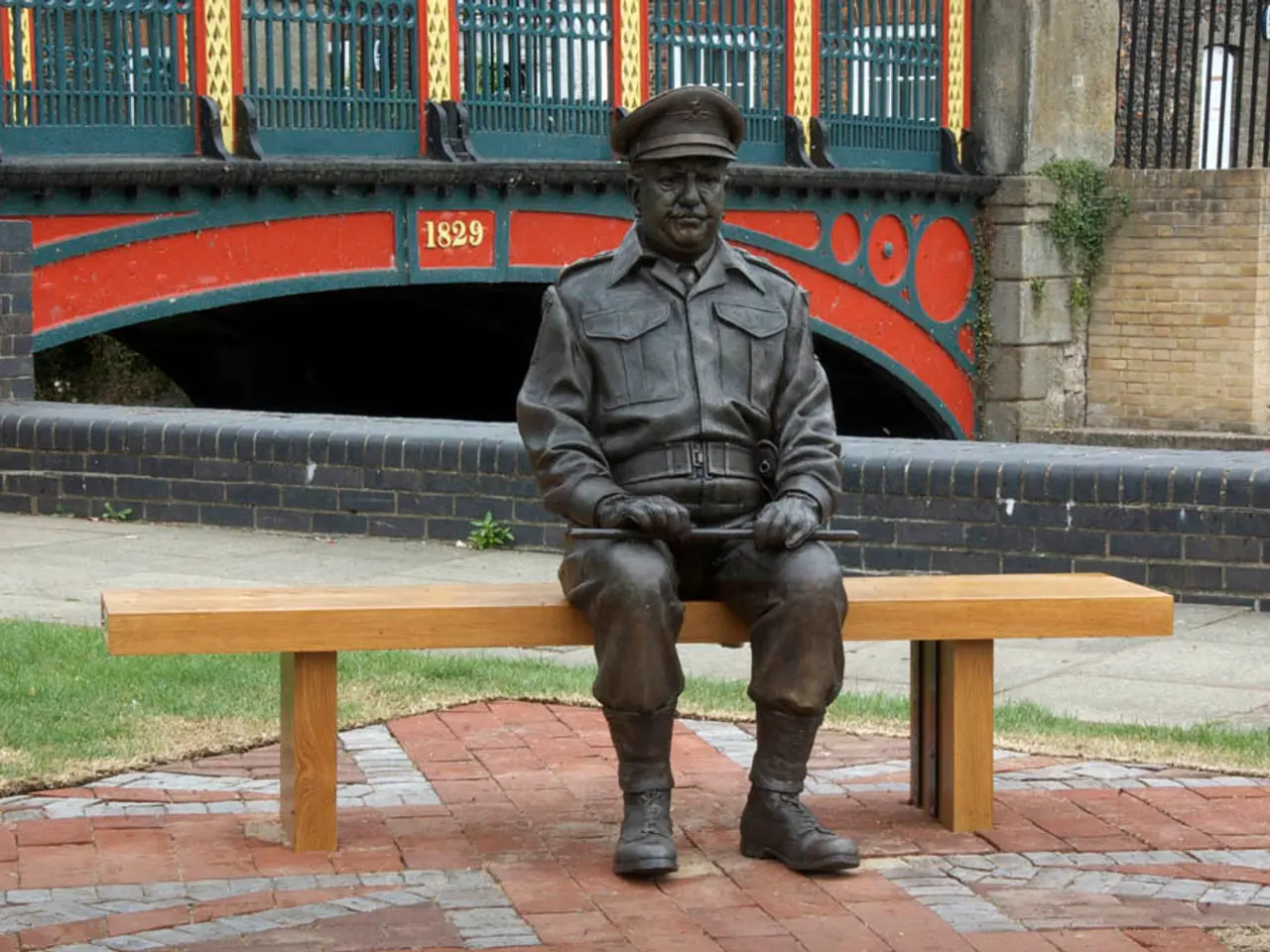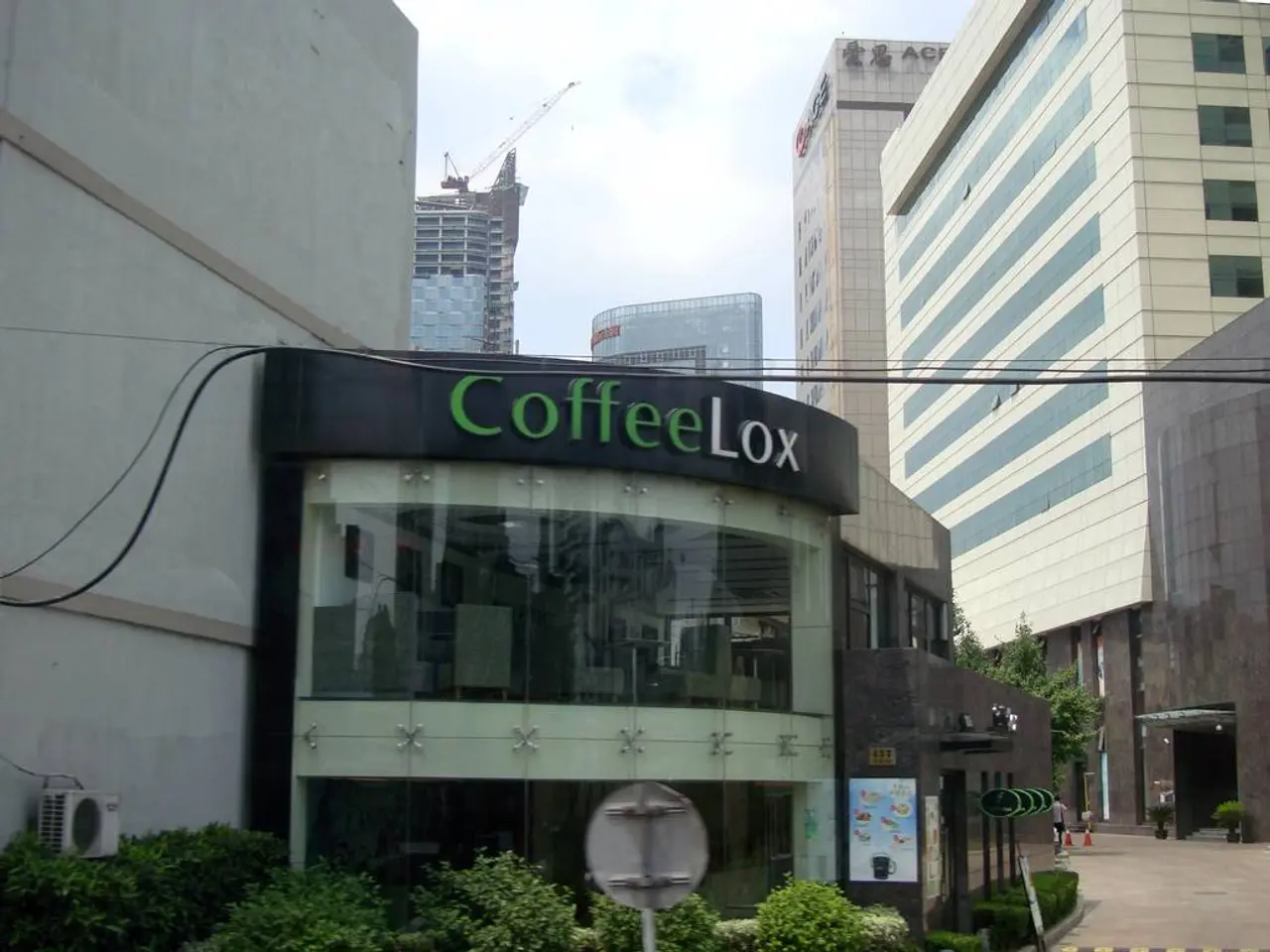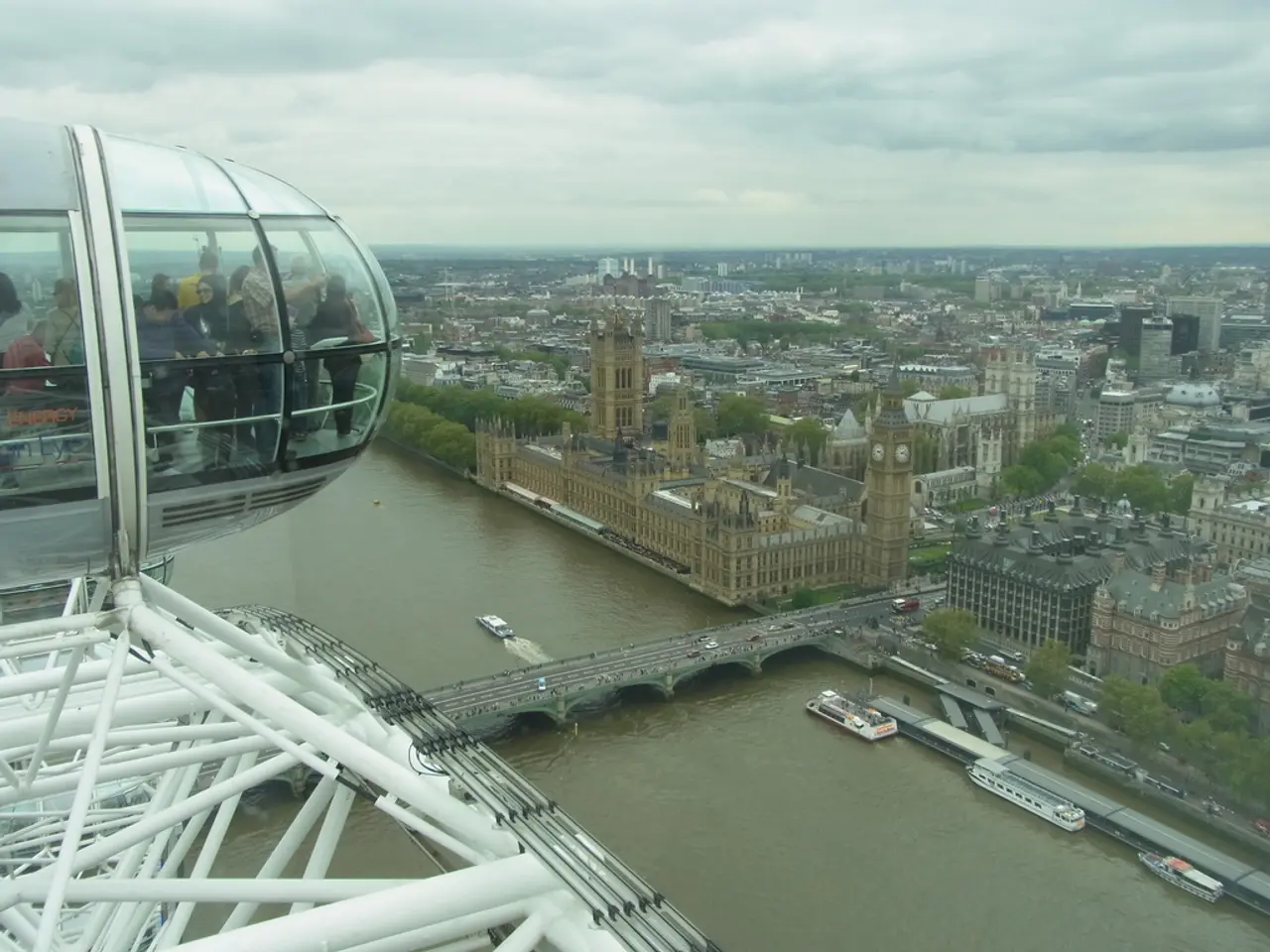Ancient Iron Safe Dwells in Indifference, a Relic of History
The Forgotten Guardian of India's Freedom Struggle: The Iron Safe at Kakori Railway Station
In the heart of Lucknow, under the Northern Railway, a small, relatively unknown museum at the Kakori railway station houses an iconic relic of India's freedom struggle - the iron safe from the 1925 Kakori Train Action.
This sturdy cast iron chest, often referred to as a "guard box", is the main target that freedom fighters led by Ram Prasad Bismil and Ashfaqullah Khan sought to seize during their daring heist to secure British treasury money. The safe, dating back to the 1850s and known for its robust build and strict access protocols, remains intact but mostly neglected.
The iron safe, a living relic of a bygone era, symbolizes a daring act of resistance against British colonial rule. The Kakori Train Action, now officially termed the Kakori Train Action, is recognized as a pivotal revolutionary episode that shook the Colonial government.
Despite its historical significance, the museum receives very few visitors, and even some railway officials are unaware of its existence. The safe is preserved in a corner of the museum along with other memorabilia such as a British-era brass bell, a wooden bench believed to be present during the robbery, and 18 official documents related to the event.
The preservation of the iron safe and associated artifacts at the museum demonstrates efforts to commemorate this significant moment, though the recognition and public awareness remain limited. With the advent of digital systems, iron safes like the one at Kakori railway station museum were phased out, making this safe even more unique.
Heritage activists and historians are dismayed about the lack of attention given to the Kakori museum. Retired railway employee and history enthusiast SK Sharma urged authorities to integrate the Kakori museum more meaningfully into public memory, tourism, and education. A senior railway official at the station expressed ignorance about the existence of the museum, highlighting the need for increased awareness and recognition.
The Kakori Train Action, which occurred on August 9, 1925, is a testament to the bravery and resilience of the freedom fighters who dared to challenge the British colonial rule. The iron safe at the Kakori railway station museum, a sturdy reminder of that daring act, is on the verge of becoming a forgotten footnote. It is hoped that efforts will be made to preserve and promote this significant piece of history, ensuring that it continues to inspire future generations.
[1] Heritage Activists Urge Preservation of Kakori Train Action Artifacts. The Times of India, 2021. [2] The Kakori Train Action: A Pivotal Moment in India's Freedom Struggle. India Today, 2020.
- The iron safe, a symbol of resistance against British colonial rule and a pivotal artifact from India's freedom struggle, is overlooked in the Kakori railway station museum, attracting few visitors despite its historical significance.
- Despite being recognized as a vital revolutionary episode in India's history, the Kakori Train Action, and the museum that houses the iron safe, are largely neglected, leading heritage activists and historians to call for increased awareness and preservation.
- Amid the growing digital era, the iron safe at the Kakori railway station, a sturdy relic from the 1850s, stands as a unique reminder of a daring act against British rule, but its future recognition and impact on education, politics, and general news remains uncertain.






